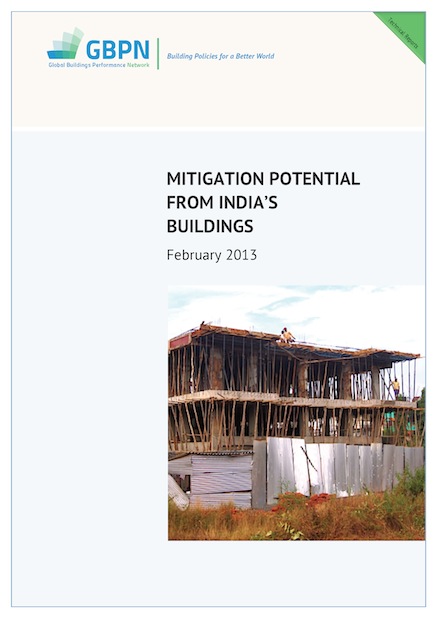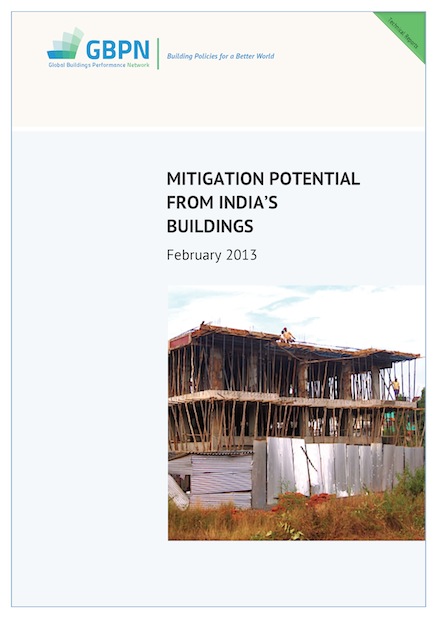印度建筑的减排潜力

可靠证据表明,至2050年印度建筑领域会产生巨幅能源增长,基于此估测,本报告分析了印度目前建筑节能减排的政策框架及其节能潜力。
6 result(s) found

可靠证据表明,至2050年印度建筑领域会产生巨幅能源增长,基于此估测,本报告分析了印度目前建筑节能减排的政策框架及其节能潜力。
可靠证据表明,至2050年印度建筑领域会产生巨幅能源增长,基于此估测,本报告分析了印度目前建筑节能减排的政策框架及其节能潜力。
 可靠证据表明,至2050年印度建筑领域会产生巨幅能源增长,基于此估测,本报告分析了印度目前建筑节能减排的政策框架及其节能潜力。
可靠证据表明,至2050年印度建筑领域会产生巨幅能源增长,基于此估测,本报告分析了印度目前建筑节能减排的政策框架及其节能潜力。
 Technical Report
Technical Report
Demonstrating the enormity of the predicted energy growth in India's building sector up to 2050, this report explores the current political framework for energy efficient buildings and the potential for change.
Improving the energy efficiency of the residential building stock has increasingly been promoted by policy makers as a means of reducing energy demand in the residential sector. We review the literature on some non-energy impacts of energy efficiency retrofitting measures aimed at increasing the air tightness and thermal insulation of residential properties. Specifically, we review the impact of retrofitting measures on indoor pollutants, mould growth, attenuation of radio signal and overheating.
This paper reviews empirical data from evaluations of the influence of residential energy efficiency retrofits on indoor environmental quality conditions and self-reported thermal comfort and health. Data were extracted from 36 studies described in 44 papers plus two reports. Nearly all reviewed studies were performed in Europe or United States. Most studies evaluated retrofits of homes with low-income occupants. Indoor radon and formaldehyde concentrations tended to increase after retrofits that did not add whole-house mechanical ventilation.